Annual Fleabane
- Composite or aster (Asteraceae family):
- Erigeron annuus (L.) Pers.
- EPPO code:
- ERIAN
- Other names:
- Daisy fleabane
Species information
- Lifecycle:
- Annual or sometimes biennial.
- Propagation:
- Reproduces by seed.
- Emergence:
- No information exists on the germination pattern of annual fleabane in Ontario, but seedlings have been observed in both the spring and fall.
- Habitat:
- Annual fleabane is native to North America and found in sunny areas, and in sand and clay soils. It is also found in waste areas and pastures, and along roadsides. Most often, though, it is found in cereal and forage crops. It is found infrequently in corn and soybeans.
- Competitiveness:
- No data exits on the competitiveness of annual fleabane, however, one can assume that it is similar to that of Canada fleabane. It should be noted however that this weed is rarely a problem in cultivated crops and is considered a “pollinator-friendly” plant species.
Identification clues
Seedling
- Cotyledons:
- Round, hairy.
- Young leaves:
- Annual fleabane grows in a basal rosette. Its leaves are broad, coarsely toothed, long- stalked, bright green and usually hairy.
- Mature leaves:
- Mature leaves have alternate leaf orientation. The lower and middle stem leaves are narrower than first leaves, soft and hairy, and usually do not clasp the stem. Its upper leaves are short stalked or stalk-less. Sometimes they partially clasp the stem and are smooth in outline or have shallow grooves.
Mature plant
- Stem:
- Annual fleabane’s stem is simple, although it can branch further up the stem. Its stem is short, has white hairs and grows up to 1.5 m tall.
- Flowers:
- Its inflorescences grow in clusters at the ends of branches. They appear “daisy-like,” but are smaller and more densely packed. Ray florets are white (and sometimes pinkish) while disk florets are yellow.
- Fruit:
- Seeds are contained in small fruit (1 mm); fruit are light brown in colour and have small hairs (pappus) that aid in dispersal.
- Roots:
- Taproot.
Often mistaken for
I know it's not Philadelphia fleabane because the flower heads of Philadelphia fleabane are similar to annual fleabane in shape and size, but are usually pink to purple in colour. Its upper leaves are broader and strongly clasp the stem.
I know it's not Canada fleabane because Canada fleabane has narrower and darker green leaves with margins that are generally less toothy. Annual fleabane has larger and broader leaves and showy “daisy-like” flowers.
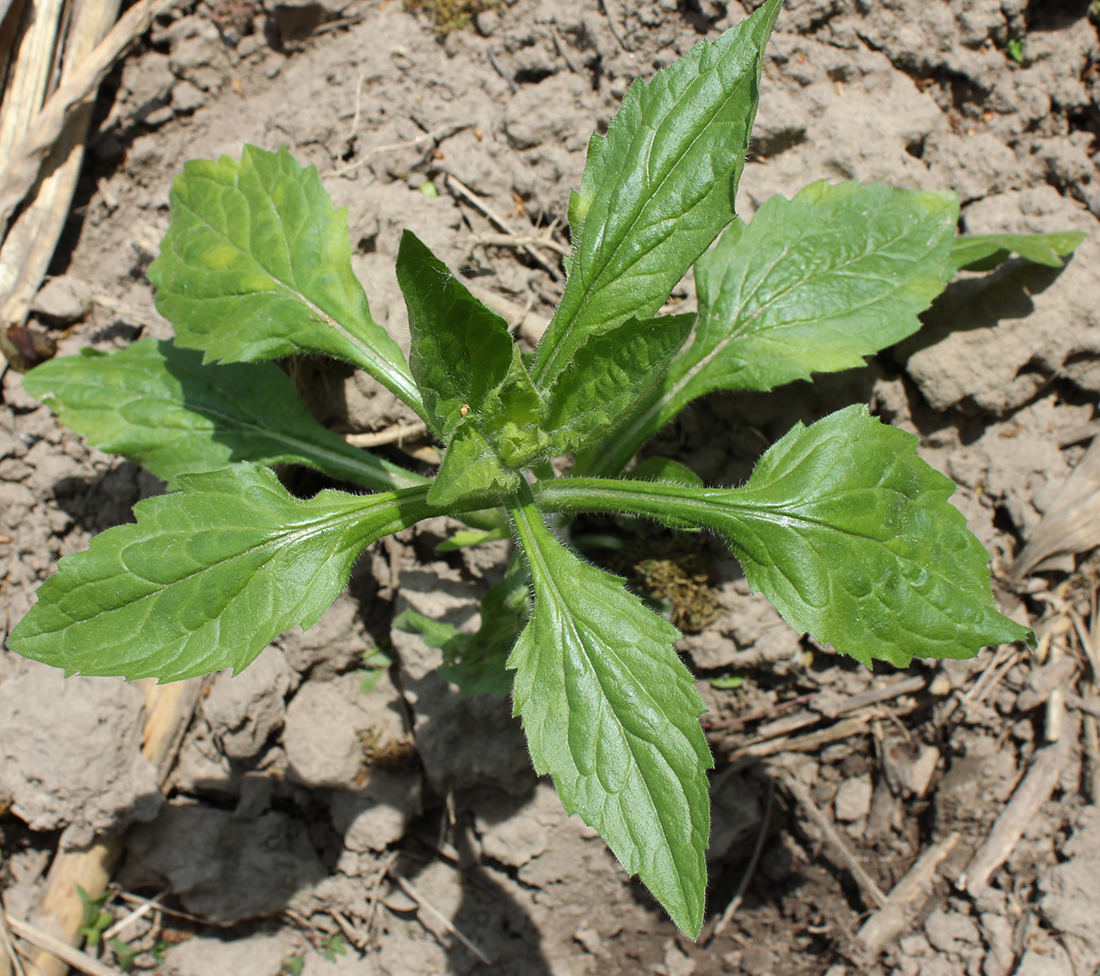
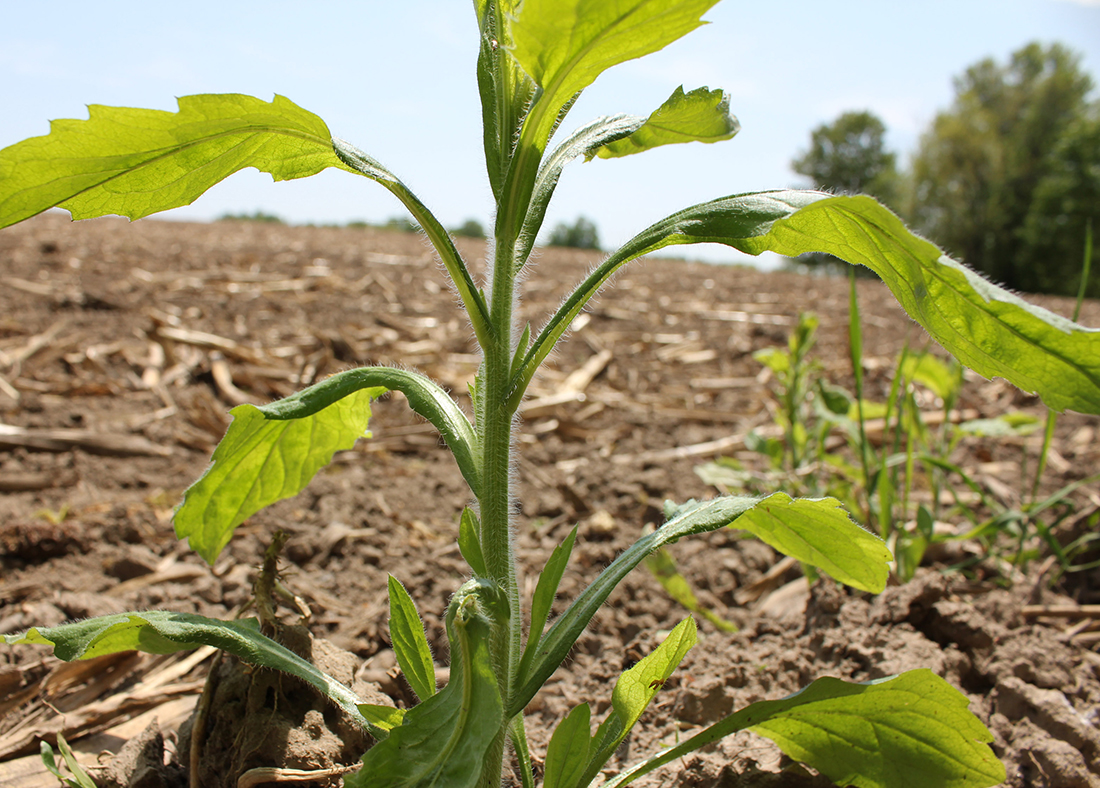
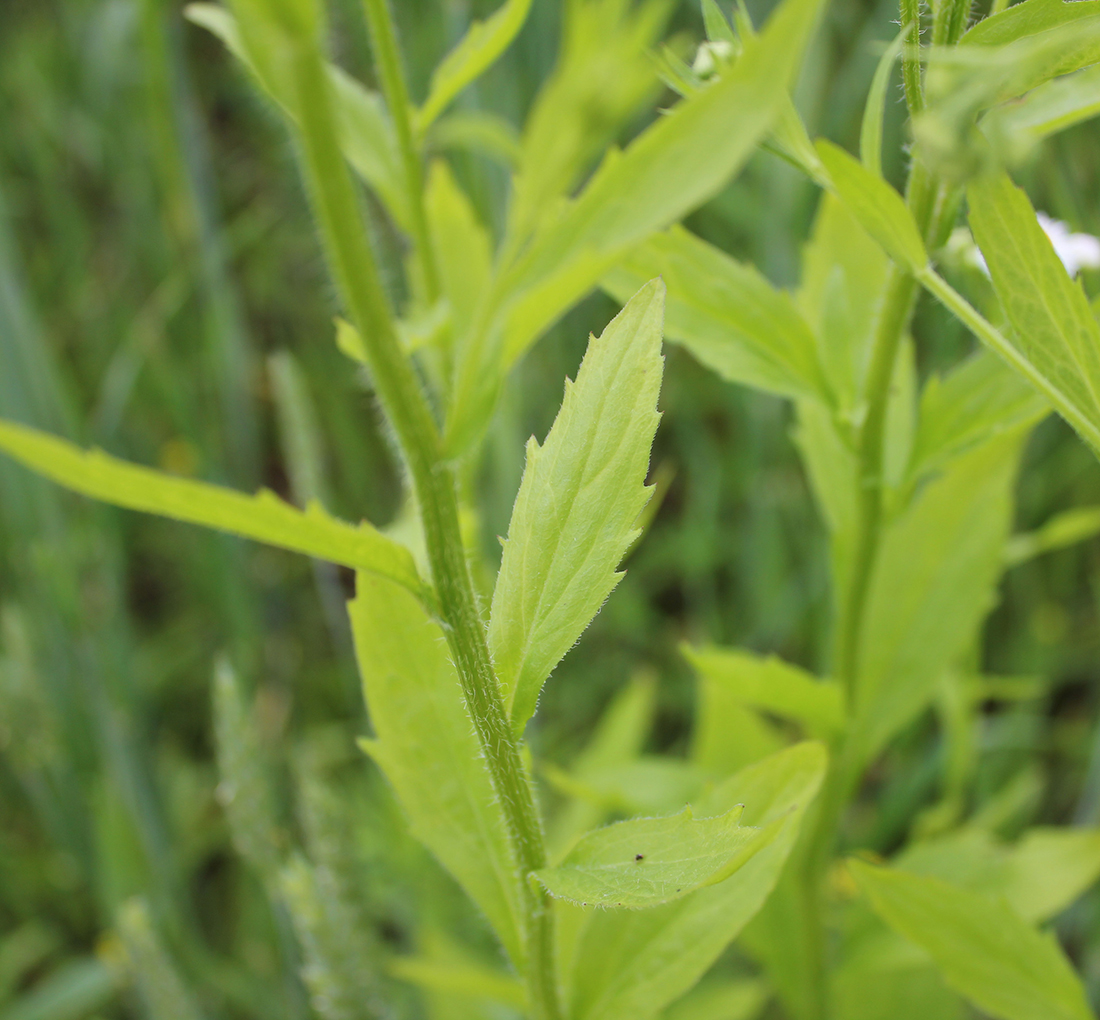
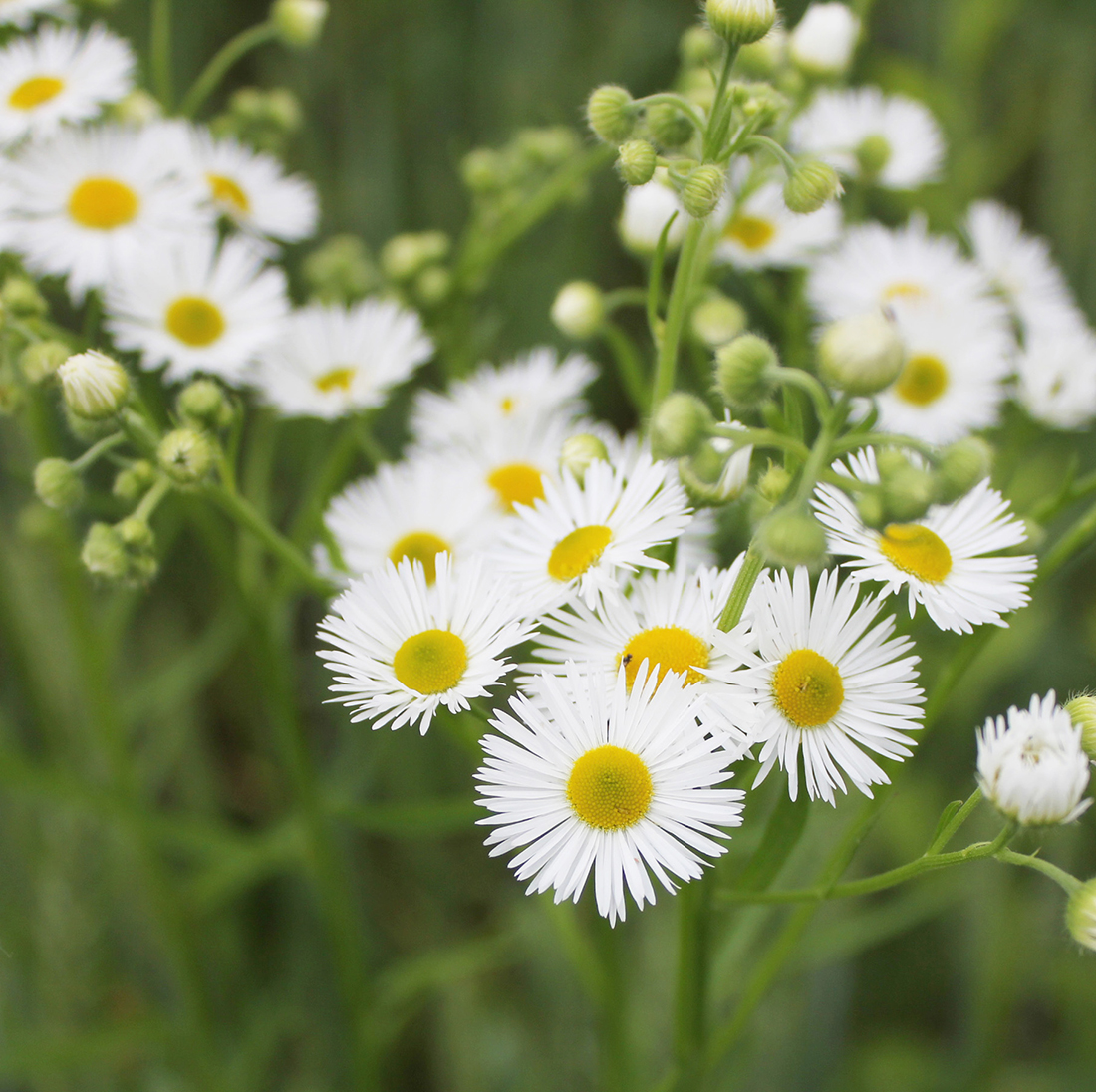
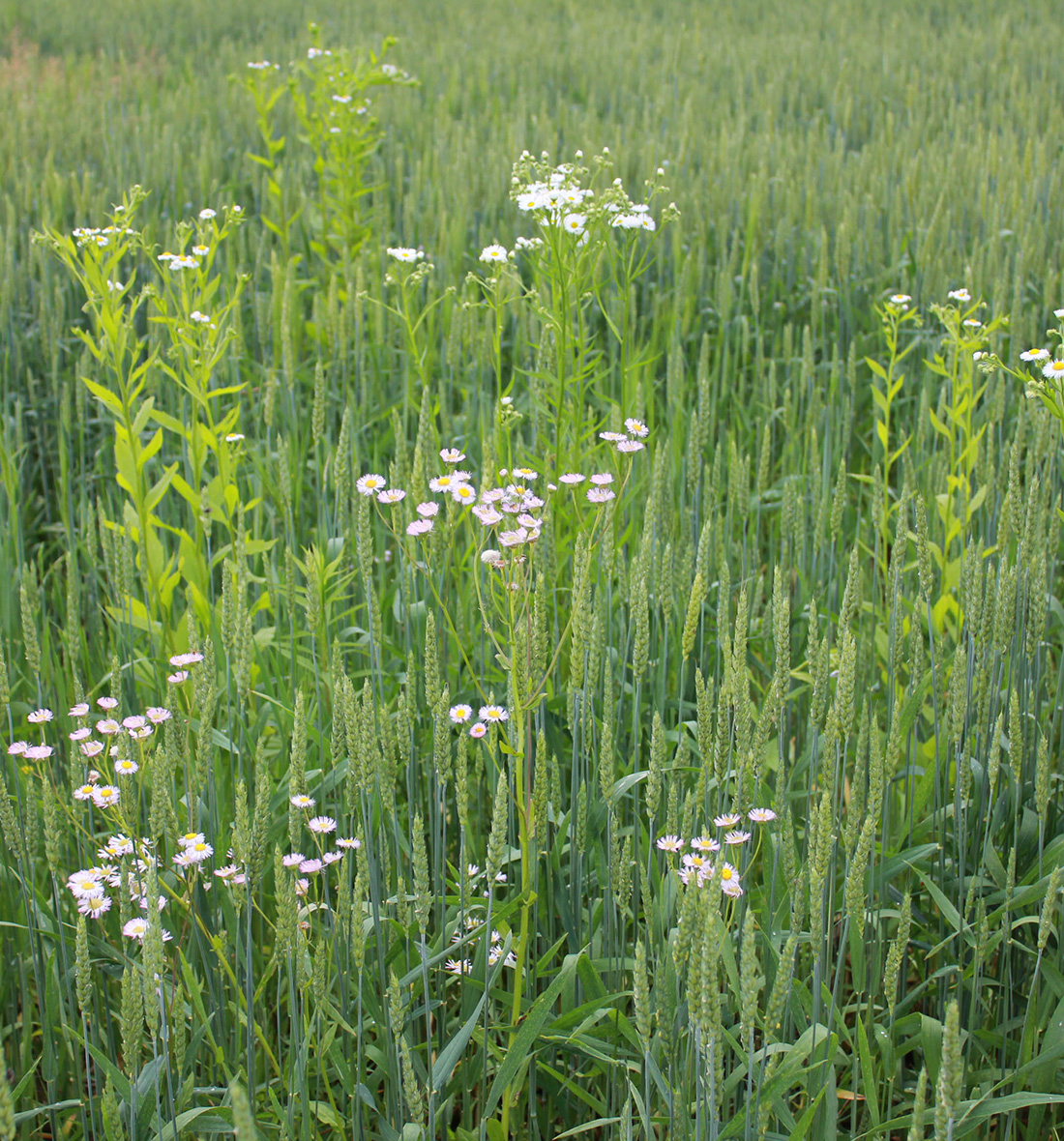
Updated: January 13, 2023
Published: January 13, 2023